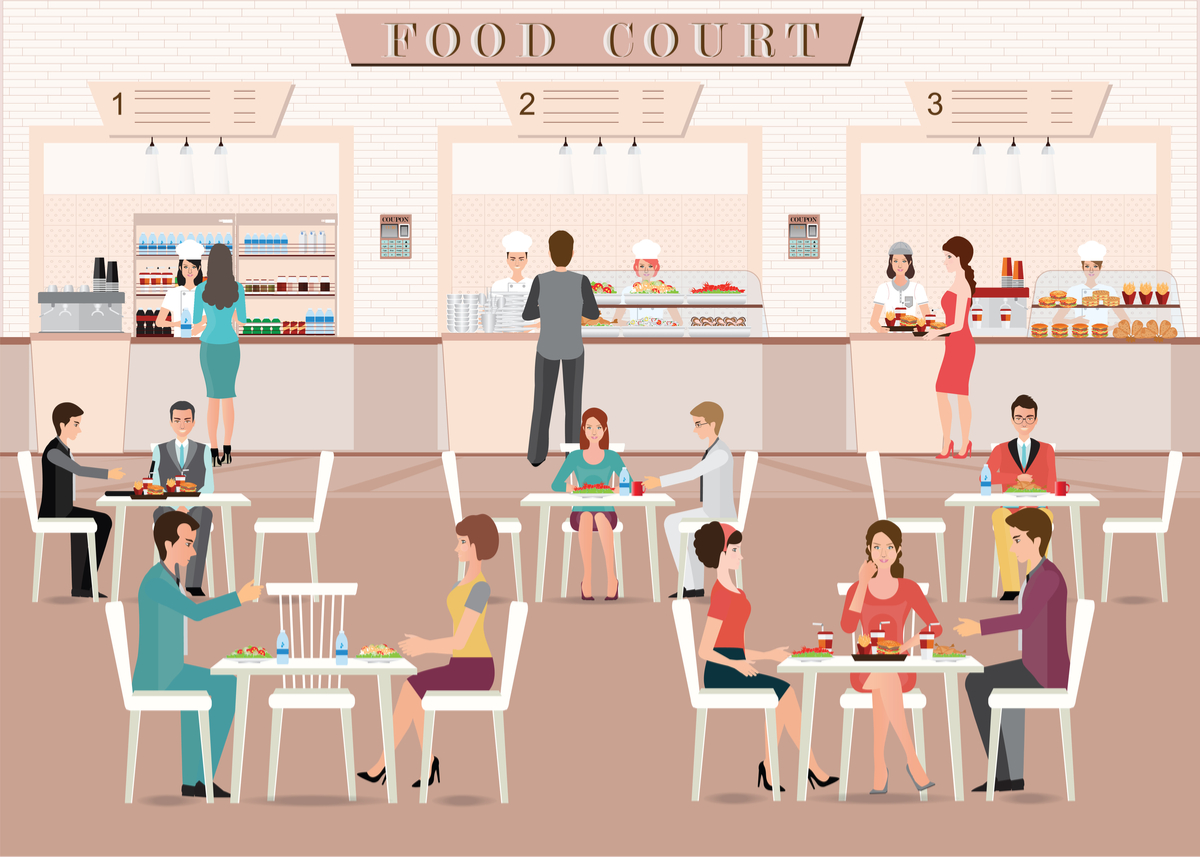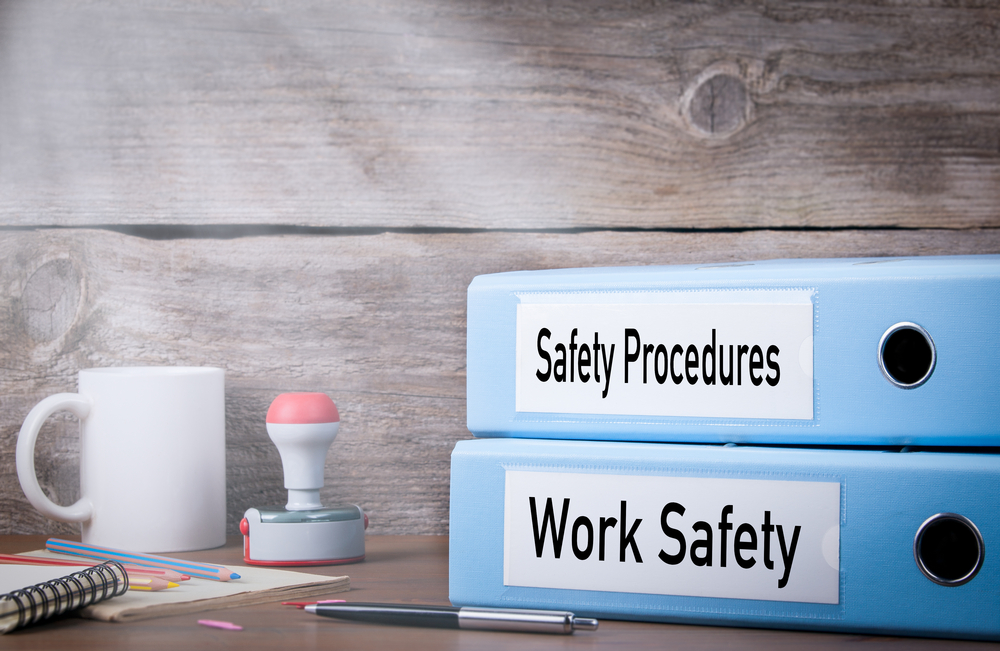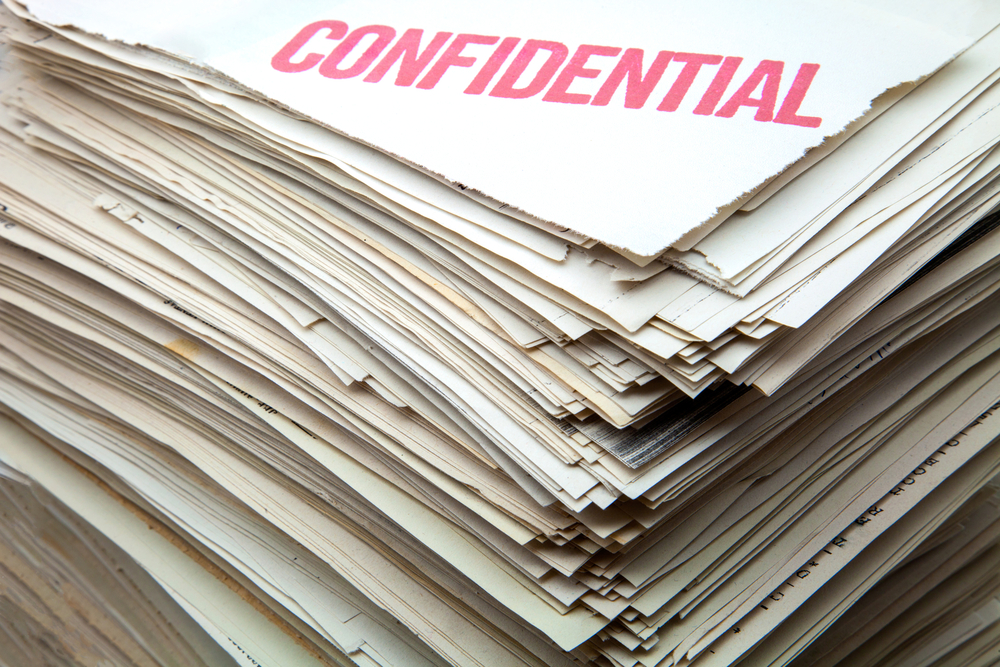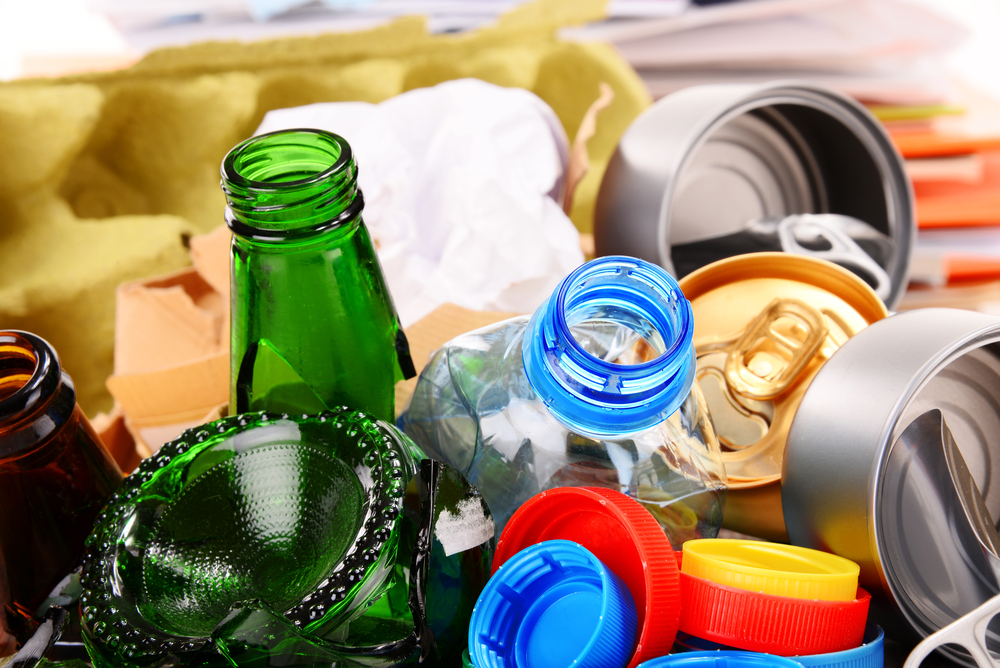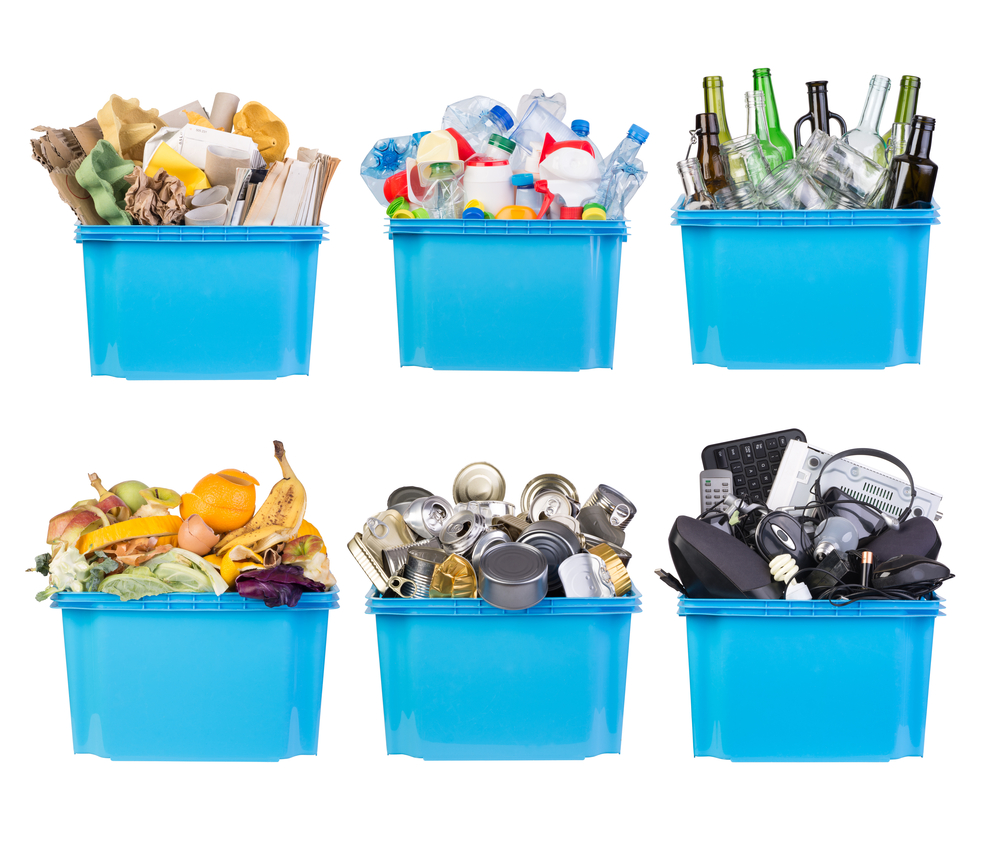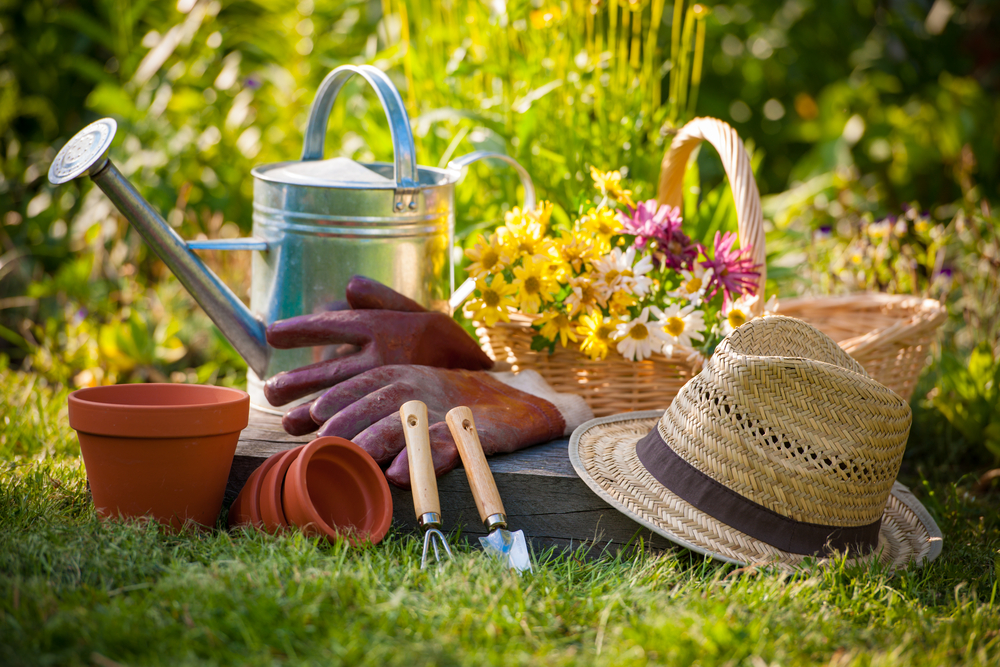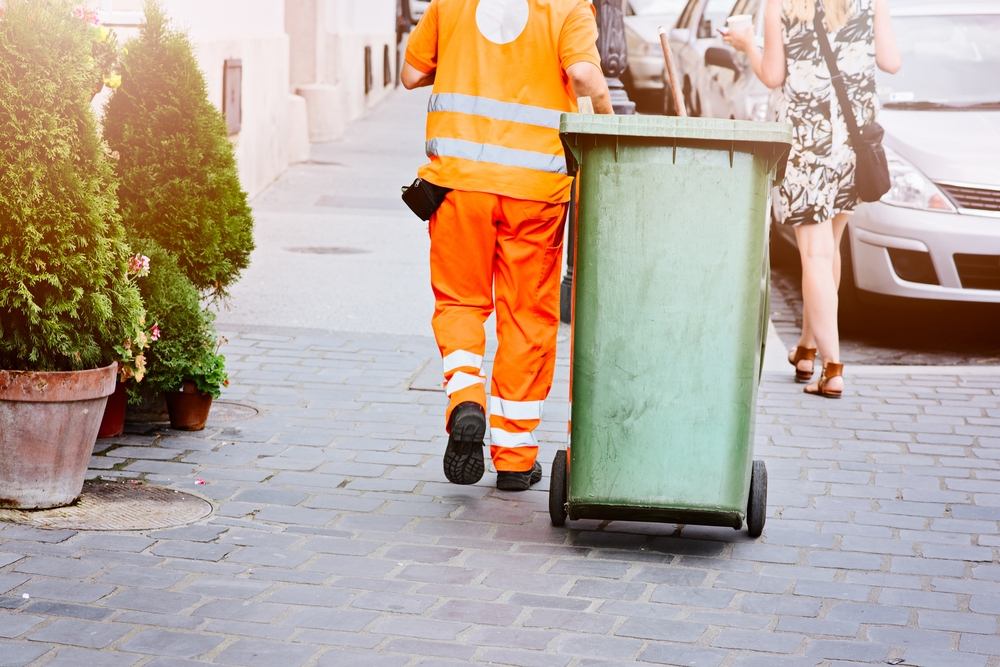
When it comes to keeping your employees safe while also allowing them to work as efficiently as possible, it is necessary to give them the proper tools and materials. While trash removal is something that is often overlooked when making plans for a business or an organization, it is an essential component that must be addressed from a practical and proactive sort of way.
Let’s face it, trash can pile up quickly. Not only is it an eyesore, but it also creates a potentially unsafe workplace or business for both employees and customers. So, how can this be addressed in the best way possible? One excellent option is to purchase enclosures for your trash and recycling receptacles.
What are Trash Enclosures?
As the name implies, trash enclosures are like little garages in which you park your trash receptacle. As such, they are often referred to as cart garages. While the waste does not go directly into the trash enclosure, the enclosure holds the receptacle and contains a slot through which the trash can be passed into the receptacle.
What are the Benefits to Trash Enclosures? Trash enclosures offer many benefits. First, since they hold the trash receptacle inside of an additional structure, it helps to reduce the visibility of the trash. The enclosure also keeps the trash from being exposed to weather elements, thereby reducing the chance of it being blown from the receptacle or becoming soaked by rain or snow. This also prevents passersby from touching the trash, thereby reducing risk of injury.
As an employer, trash enclosures also help to keep your employees safe. In addition to preventing them from being overly exposed to the waste, a trash cart can be easily wheeled in and out of the enclosure. This allows employees to empty the trash by simply pulling out the cart and moving it to where the trash is to be dumped. These carts are also specifically designed to be used in the automated trash removal process, thereby allowing you to collect an extensive amount of waste and then rolling the receptacle to the area where an automated system can dump the contents into a dumpster or garbage truck.
Purchasing a Trash Enclosure for Your Business or Organization
At Securr, we are pleased to offer a variety of different trash enclosures from which you can choose, allowing you to select the size and design that best suits your needs. Options include 32-gallon, 65-gallon and 95-gallon options in either a solid body design or with the laser cut logo option. With both designs, the side panels are interchangeable and bolt in for easy replacement. In this way, if the panel is damaged, you can easily remove and replace the panel without needing to replace the entire receptacle. Both styles are also constructed with high-grade materials and finishes, including stainless steel hinges, UV resistant powder coat and galvanealed steel frames. As such, they offer exceptional corrosion resistance in even the harshest of environments. Visit the Securr website to learn more about our available trash and recycling enclosures.
